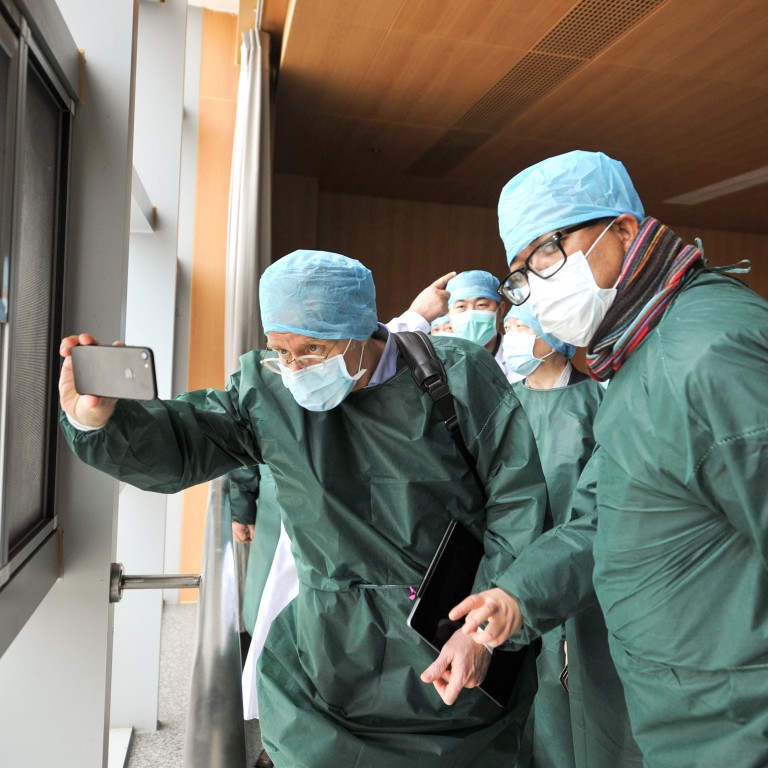
Draft WHO coronavirus report pours cold water on lab-leak theory: AP
- News agency says it obtained document from diplomat from WHO member country
- Investigators also appear to give little weight to possibility that virus came into China via imported frozen food
Since then, the WHO report has been the subject of intense scrutiny, with the United States questioning the level of access scientists had in Wuhan and China accusing the US of politicising the report.
AP said it obtained what appeared to be a near-final version of the report, expected to be released this week, from a diplomat in Geneva from a WHO member country who did not want to be identified. It was not clear whether the draft would be further modified, the news agency said.
Researchers ranked four scenarios that could account for the emergence of the virus, according to AP. Topping the list was transmission through an intermediary animal, a possibility that was “very likely”. Direct spread from bats to humans was “likely”, while spread through “cold-chain” food products was “possible but not likely”.
The findings contain few solid conclusions but cap a mission that was months in the making and involved over a dozen international and WHO researchers travelling to review research conducted by Chinese scientists.
Scientists have said that uncovering the source of the coronavirus can help prevent future outbreaks. But the origins have also become a political football between China and the US, with members of the former Trump administration suggesting, without evidence, that the virus could have escaped from the Wuhan Institute of Virology.
The White House under President Joe Biden has steered away from such claims, but remained critical of China’s lack of transparency. US Secretary of State Antony Blinken told CNN last week that the US had “real concerns about the methodology” of the report.
Chinese foreign ministry spokeswoman Hua Chunying responded to criticism from the US by saying “it can’t be more obvious that political manipulation is at play here”. China in recent weeks has held briefings with foreign diplomats in Beijing to present its views on the mission’s findings and has repeatedly rejected claims around the lab.
The release of the 400-page WHO report, originally expected in the week of March 15, has been delayed twice.
China promoted the theory alongside suggestions the virus may not have emerged from the country after all, but merely was first identified there. Health authorities have linked subsequent infections in China to this route, a phenomenon the report acknowledges is possible.
The researchers also did not conclude whether the outbreak started from a seafood market in Wuhan known to sell wild animals, according to AP.
On Twitter, Dutch virologist Marion Koopmans, who was a member of the international team, pushed back at the suggestion that the WHO report left many questions unanswered, saying the 400-page document could not be read “at warp speed”.
“Not everything answered but surely a good start,” she tweeted about the document.
The report is expected to be released in the next few days. The WHO has long said that it would share the report with its member states before releasing it to the public.



